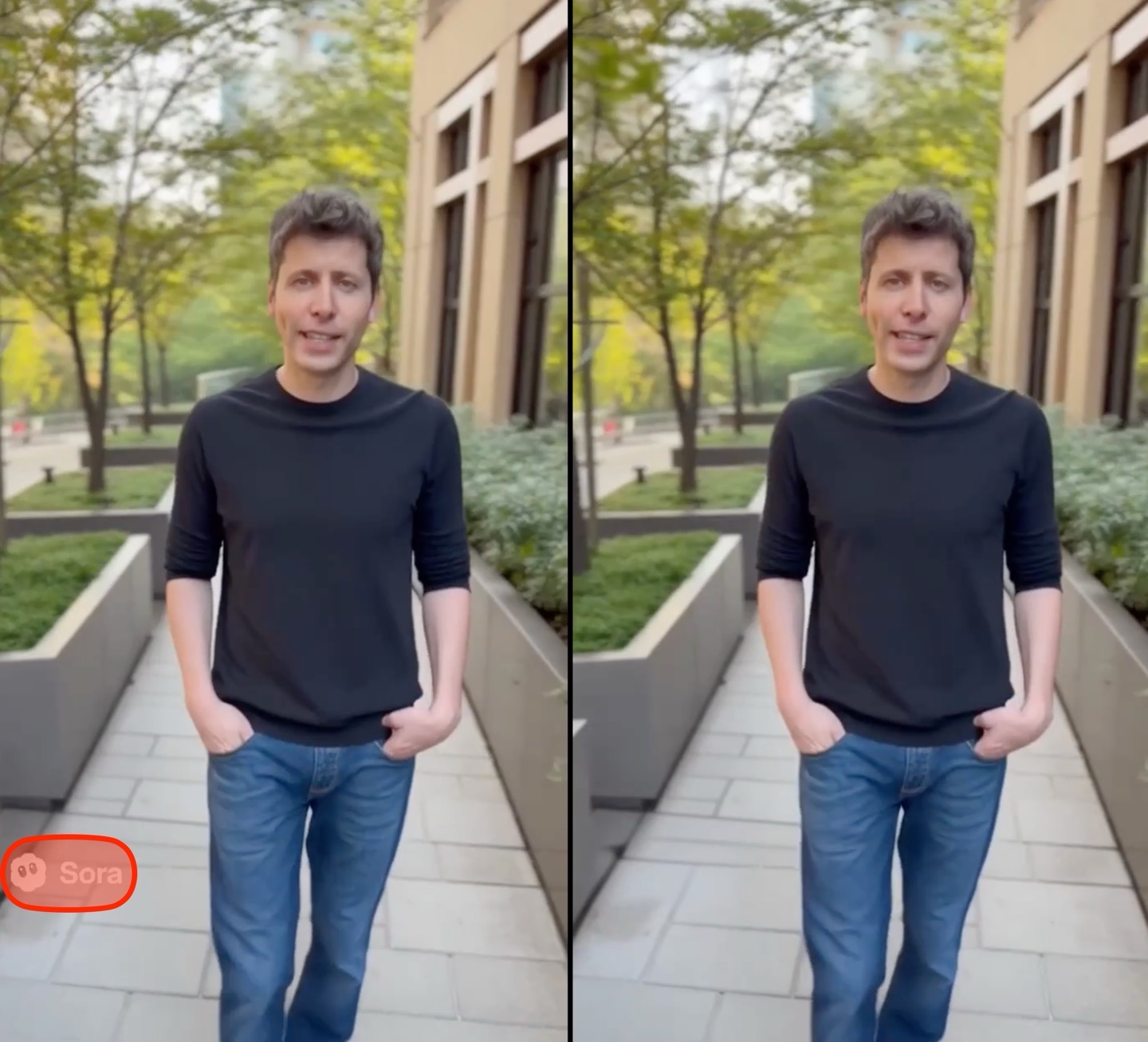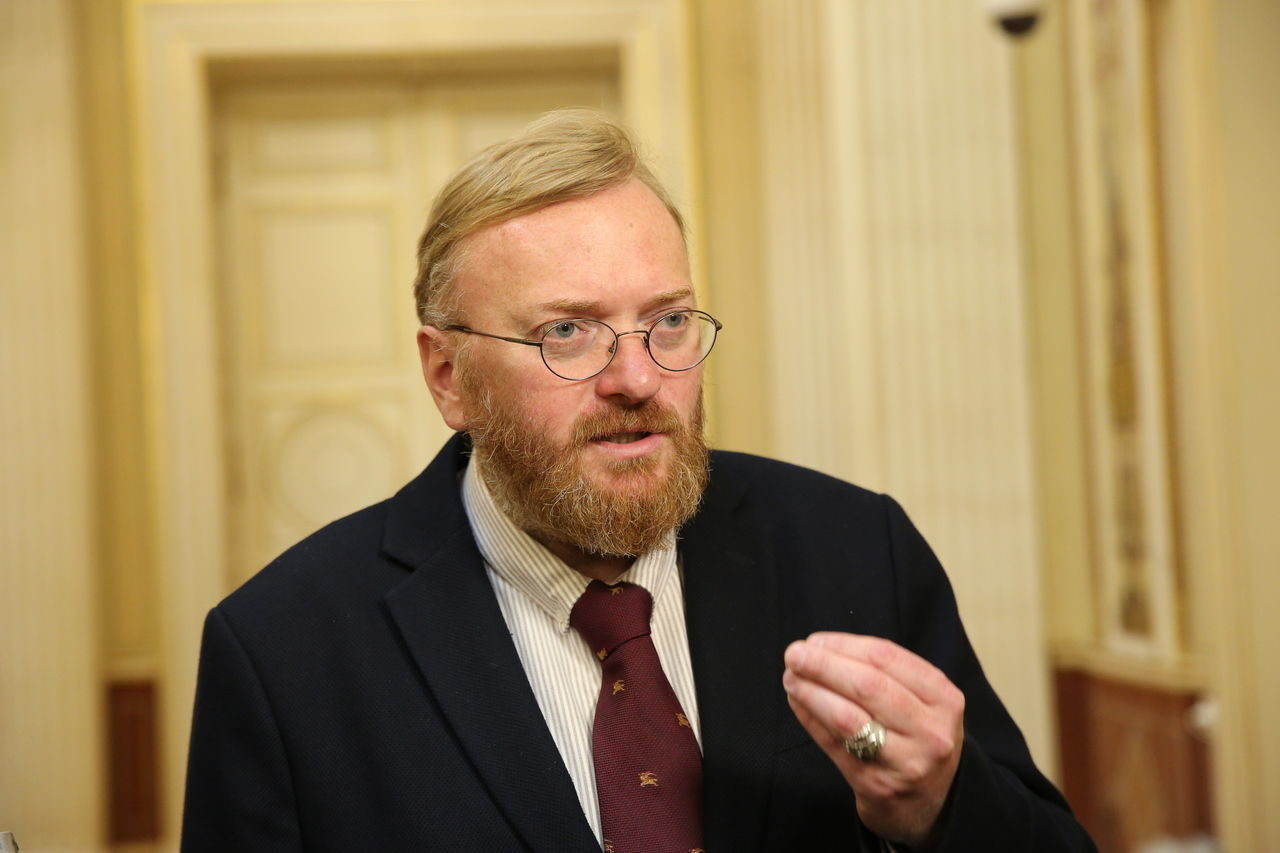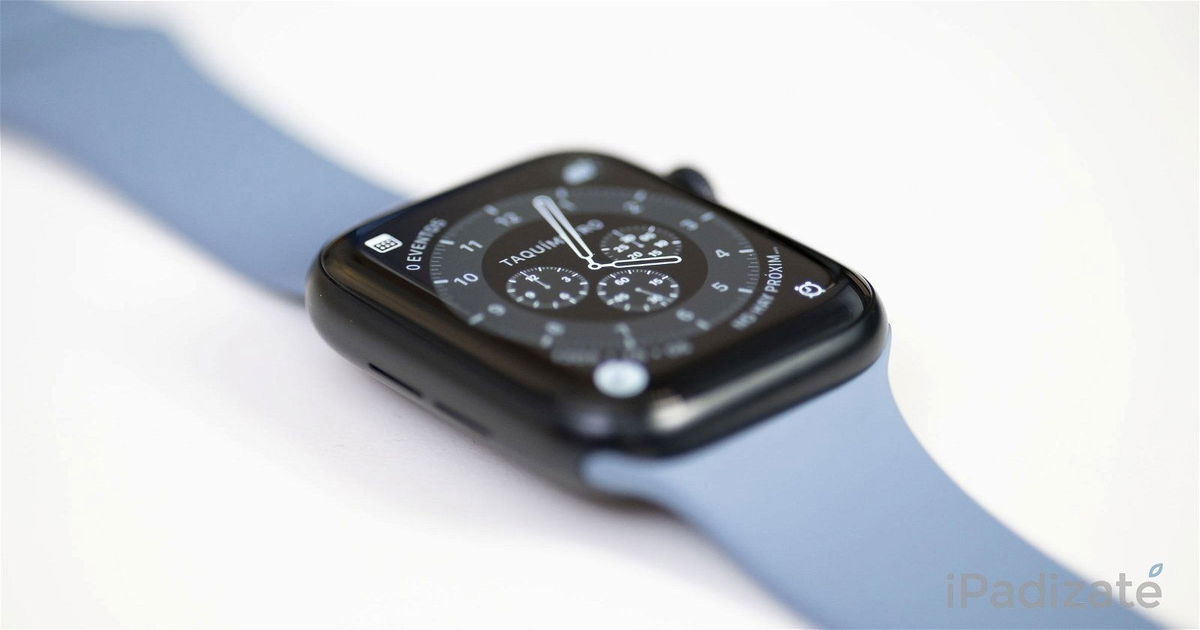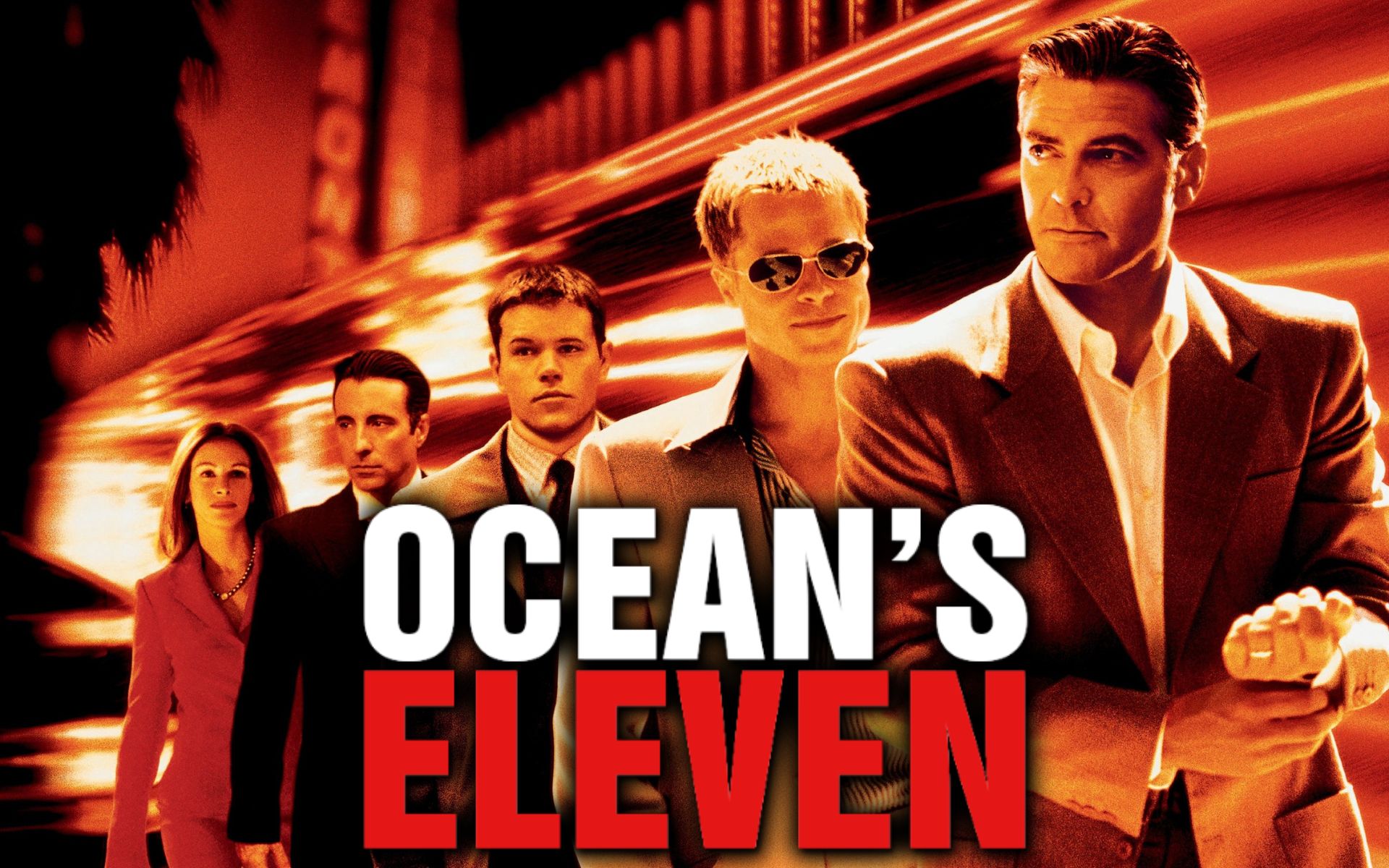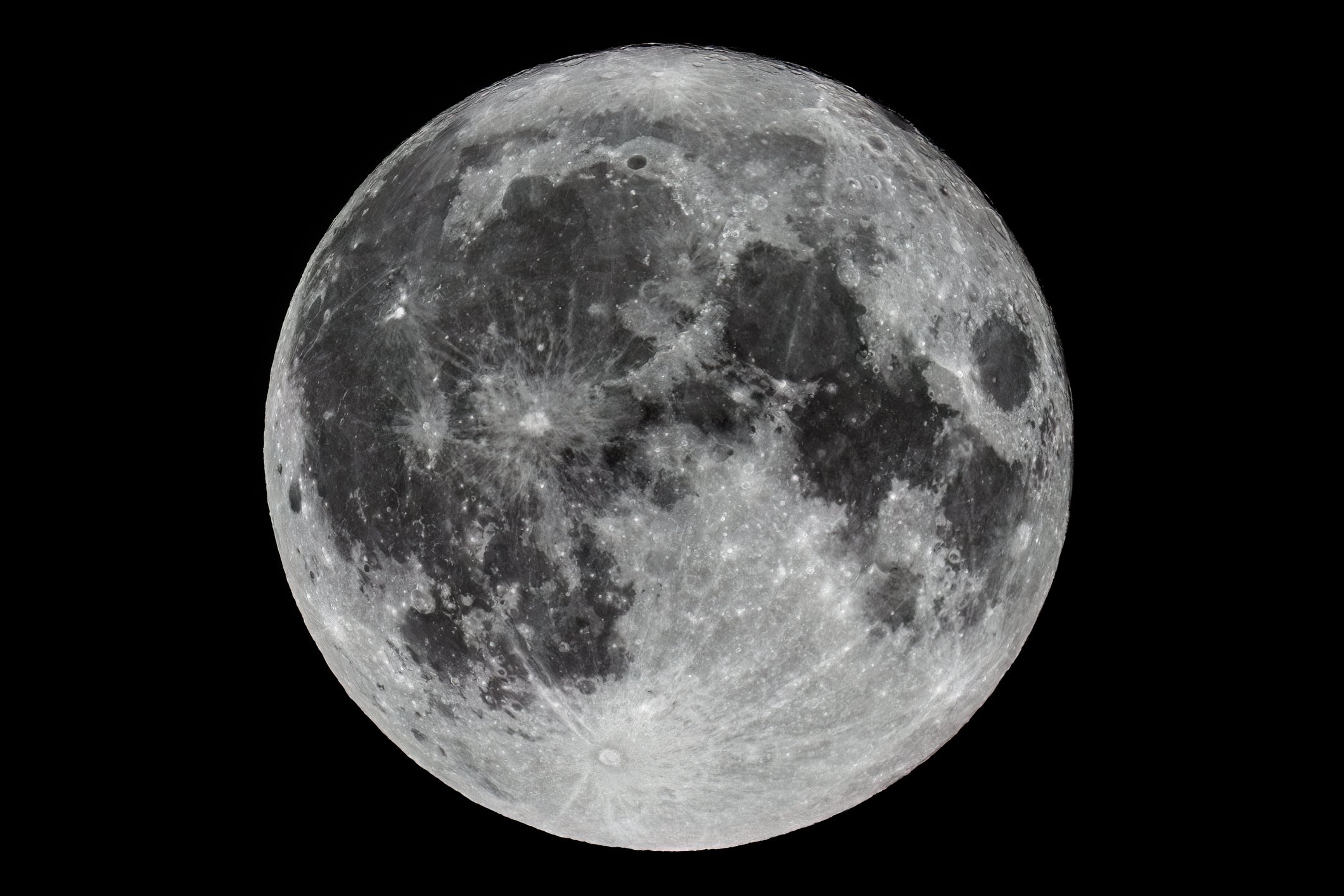A team of international researchers managed to accurately calculate the age of the Moon by analyzing small crystals brought back from the Moon by Apollo 17 astronauts in 1972. Contrary to previous assessments that stated our natural satellite was 4.425 billion years old, the age of the Moon The star orbiting around us is actually 4.46 billion years old.
According to the study’s lead author, Philipp Heck from the Field Museum in Chicago, USA, “These crystals are the oldest known solids formed after the giant impact. “And since we know how old these crystals are, they serve as an anchor for the lunar chronology,” he explained.
The big impact Heck is talking about occurred more than 4 billion years ago, when the Solar System was young and the Earth was growing. One of the frequent impacts of space objects on our planet was a hypothetical event. The celestial body known as Theia is a Mars-sized protoplanet that gave birth to the Moon when it collided with Earth..
Zircon crystals were clues to the Moon’s age
Once the massive object hit the Earth, it exposed the lithosphere to extreme temperatures, causing many rocks to melt. “When the surface was melted in this way, zircon crystals could not form and survive,” Heck said.
Therefore, the location of this silicate mineral among the moon dust samples used in the study was an important element in showing the age of the moon. Heck explains that this is because “any crystals on the lunar surface must have formed after the lunar magma ocean cooled.”
The next step was to date the samples to determine the age of the oldest crystal. In this research, a new technique called “atomic probe tomography” was used, conducted at Northwestern University in Evanston, USA.
Counting atoms to recalculate how old the Moon is
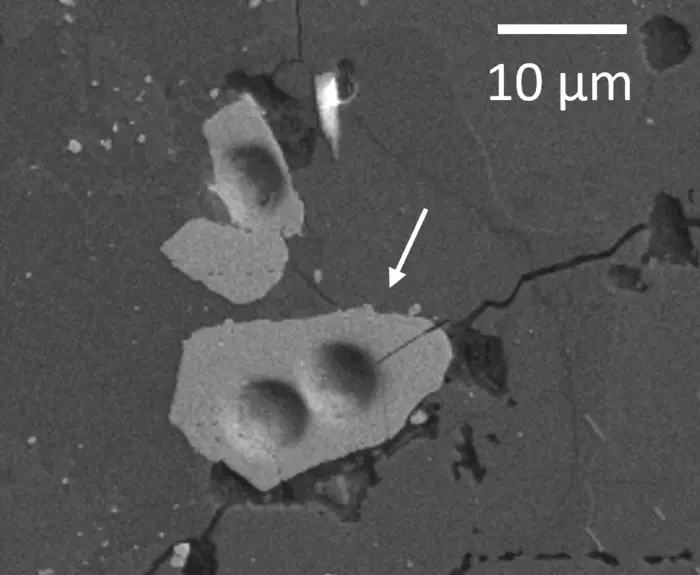
Atomic probe tomography is a technique that performs measurements of chemical composition at the atomic scale and was first introduced as an analytical method in this study.
“We started by sharpening a piece of the Moon sample to a very sharp point using a focused ion beam microscope, almost like a very advanced pencil sharpener,” explains first author Jennika Greer. The team then analyzed them individually to assess radiative degradation within the zircon crystals, using UV lasers to evaporate atoms on the tip’s surface.
Finally, Heck compares that, like an hourglass, radiometric dating describes “the number of parent atoms and the number of daughter atoms they transform into.” Since the rate of transformation (from unstable elements to stable elements) was known, it was possible to calculate the passage of time..
Did you like the content? So, stay updated with more astronomy news at TecMundo and also grab the opportunity to visit the coveted south pole of the Moon.
Source: Tec Mundo
I’m Blaine Morgan, an experienced journalist and writer with over 8 years of experience in the tech industry. My expertise lies in writing about technology news and trends, covering everything from cutting-edge gadgets to emerging software developments. I’ve written for several leading publications including Gadget Onus where I am an author.

